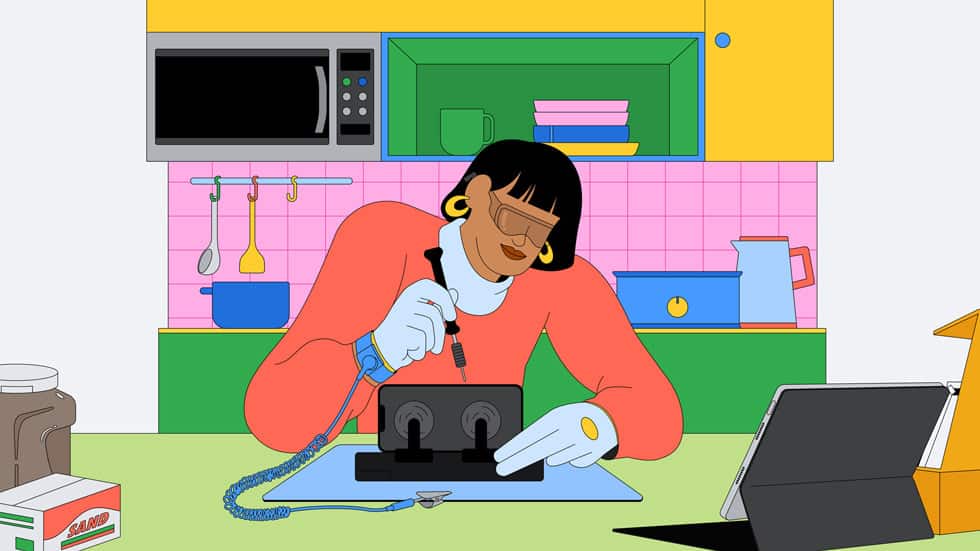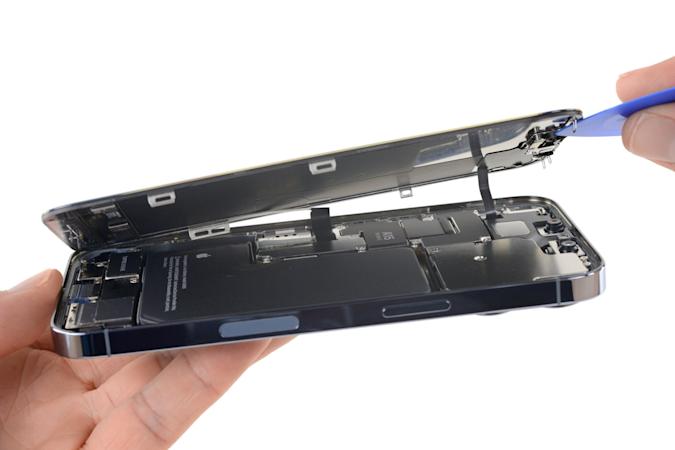In response to the ongoing Right to Repair movement, Apple have recently announced the launch of their Self Service Repair program, which is set to launch in 2022 and will finally allow Apple customers to access legitimate Apple parts and guides to be able to fix their own phones. Apple even plan on eventually being able to provide the parts for people to fix their own Macs too. The new program is specifically designed to help customers repair the screen, battery and cameras on iPhones, as these are the most typically damaged parts of the phone. Planning on becoming the leading supplier of iPhone parts, this is potentially a huge win for the Right to Repair movement.

The movement itself is not new, as people have been campaigning for legislation that makes it compulsory for brands like Apple to offer accessible repair components and manuals to their customers for years. Essentially, they argue that repairing a smartphone should not be more expensive than buying a new one. With more accessibility to parts, you are less likely to replace your phone. This is where the environmental concern comes in. Replacing phones means throwing away old ones, which generates electronic waste. It has been estimated that Americans throw away 151 million smartphones every year, which must produce a ridiculous amount of this electronic waste. One of the ways to control these figures is by providing affordable and accessible repairs.
It may come as a surprise to some that Apple have made such a U-turn, having consistently prohibited anyone who is not an Apple technician to fiddling with their smartphones. However, the decision has not been made without pressure. The Right to Repair movement has been embraced by the US President, Joe Biden, after he issued an executive order directing the Federal Trade Commission to limit how tech manufacturers can restrict repairs. So, perhaps Apple have obtained a relatively easy PR win by introducing the self-repair scheme before having to legally do so anyway.

So what are the benefits of Apple’s new programme?
To begin with, the initiative might be a way for customers to save money on repairs while keeping independent repair businesses competitive, but only if Apple rates the components correctly. Also, repairs undertaken with access to original Apple parts are much more likely to be of higher quality. There certainly is an opportunity here for Apple to improve its relationship with its customers by making their lives easier. However, this does not stop people remaining cautious pending more details on the initiative. There certainly are a lot fo questions to be asked.
For instance, so far Apple have announced that they will only be releasing parts for iPhone 12 and 13 models. People with older phones are more likely to need repairs, and Apple’s service is now unavailable to them. This does not seem fair. There might even be potential here for more electronic waste as people replace their old handsets with newer models in order to be able to repair them more easily. There are also questions relating to stocking up on parts and whether this will be allowed by Apple, in order to make it easier for customers to plan ahead so that when their device breaks, they are able to fix it there and then. Another major concern is that, while Apple encourages those who know how to repair phones to do so themselves and those who don’t to still seek out external help, the fact that the service is advertised as “self-service” means that many people will attempt to fix their own phones and possibly break them even more. Is this just another Apple ploy, like the dwindling battery life of their gadgets, to get us to buy more of their products?
What we do know is that by making the first move, Apple are encouraging change across a whole industry.


